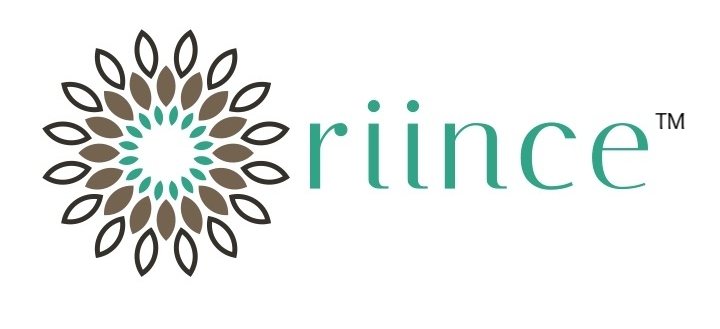Judie Bizzozero May 12, 2016
When the United Nations named 2016 the International Year of Pulses, I have no doubt that many of us in the food and beverage industry (myself included) weren’t familiar with this culinary term. However, upon doing some research into this hot topic, I quickly came to the realization that pulses are the next group of in-demand ingredients because they leverage all of the biggest trends in the beverage industry.
So, what are pulses exactly and why are they so well positioned for growth? Pulses are a subgroup of legumes that are harvested for the dry seed. The most notable pulses are pinto, kidney, navy and lima beans, lentils and chickpeas. They’ve gained popularity because they align with the growing segment of consumers that value health, sustainability, and are vegetable-forward eaters.
Currently, pea protein is the most common way that pulses are used in beverages. It’s utilized in non-dairy and plant-based beverages because it is allergen-free, available in non-GMO, has an established supply chain, and is priced competitively. Pea protein and the entire category of pulses are positioned for growth in the marketplace because they align with the following top three consumer values:
Clean-label: Though the nutritional profiles of individual pulses vary, as a group, they offer key nutrients like protein, complex carbohydrates and fiber. There is already a wide variety of innovative snacks that utilize pulses and this has paved the way for product developers to create beverages with these low-fat legumes. Beverages that incorporate pulses are well positioned for some of the hottest claims, including gluten-free, cholesterol-free, low-fat, and significant source of fiber and protein. Studies have shown that people who consume at least a half a cup of pulses daily have higher intakes of nutrients like fiber, protein, calcium and iron, as well as lower intakes of total fat. Fiber in particular is a critical nutrient in weight maintenance and weight loss, and pulses can help contribute to consumers achieving their weight goals.
Sustainability: According to the UN’s Food and Agriculture Organization (FAO), pulses are a more sustainable source of protein than most animal sources, and also have the ability to positively impact climate change. Pulses are able to convert atmospheric nitrogen into the nitrogen compounds that other plants use, which means that they are able to make soil more fertile. This allows soil rich in nutrients like nitrogen, phosphorous and potassium to sustain more plant growth. Additionally, the development of new breeds of pulses from the already genetically diverse group can yield pulses that are climate resilient and rely less on synthetic fertilizers. The FAO suggests these attributes contribute to farming methods that are more sustainable because of an ultimate decrease of greenhouse gas emissions.
Veg-centric: There’s been a recent shift in consumer focus from animal sources to plant-based proteins, as more consumers choose meat as a side dish instead of a main. As consumers eat more vegetables, they are finding variety in the preparation of this group of produce. Vegetables are being smoked, fried, fermented and pickled. Therefore, it follows suit that vegetables and other plant-based ingredients (enter pulses) will become more prominent in the beverage category. Instead of drinks relying primarily on greens like kale and spinach, beverages that highlight beets, cucumbers, romaine and celery have captured some of the market share.
Like most functional ingredients, pulses present formulation challenges to product developers. Food scientists need to find the right balance between taste, texture, appearance and mouthfeel at a price point that consumers can afford. As consumer demand for clean-label and functional products remains strong, I expect that within the next year there will be major improvements in the quality and assortment of pulse-based ingredients.
For more details on what’s next in functional food and beverage category, please reach out to me at lklibanow@imbibeinc.com. I’d love to hear from you
http://www.naturalproductsinsider.com/blogs/food-beverage-perspectives/2016/05/why-pulses-are-the-next-big-thing-in-beverage.aspx
